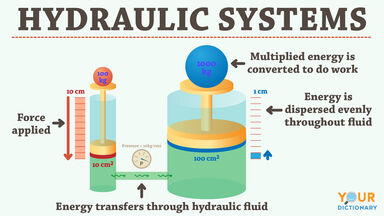When an electric current flows round a circuit, there is no accumulation of electricity anywhere in the circuit, hence the current strength is everywhere the same, and we may picture the current as analogous to the flow of an incompressible fluid.
These equations were found by d'Alembert from two principles - that a rectangular canal, taken in a mass of fluid in equilibrium, is itself in equilibrium, and that a portion of the fluid, in passing from one place to another, preserves the same volume when the fluid is incompressible, or dilates itself according to a given law when the fluid is elastic. His ingenious method, published in 1752, in his Essai sur la resistance des fluides, was brought to perfection in his Opuscules mathematiques, and was adopted by Leonhard Euler.
Then dp/dz=kdp/dz = P, = Poe ik, p - po= kpo(ez Ik -1); (16) and if the liquid was incompressible, the depth at pressure p would be (p - po) 1po, so that the lowering of the surface due to compression is ke h I k -k -z= 1z 2 /k, when k is large.
Stokes's theorem becomes an obvious truism if applied to an incompressible fluid.
Let a source of fluid be a point from which an incompressible fluid is emitted in all directions.
